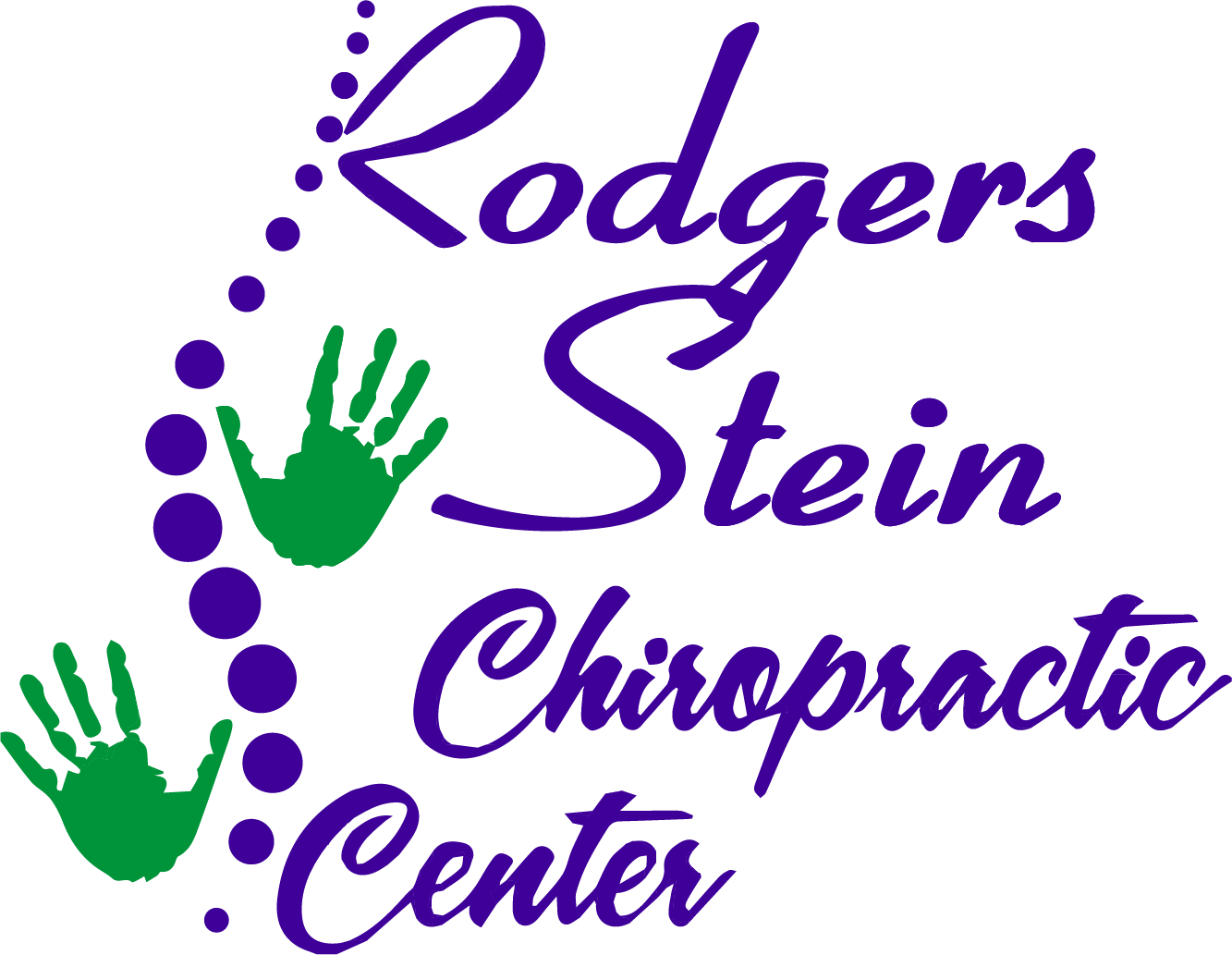You might be surprised to learn that 90% of pain management can be achieved through natural techniques, reducing your reliance on medications. By exploring options like mindfulness, yoga, and dietary adjustments, you can take control of your discomfort and improve your overall health. Each method offers unique benefits, but some may resonate more with you than others. So, what if you could find a combination that works perfectly for your lifestyle? Let's explore these techniques together and uncover the possibilities for a pain-free life.
Understanding Natural Pain Management
Natural pain management encompasses various techniques that help alleviate discomfort without relying on pharmaceuticals. You may find yourself exploring methods that harness the body's natural abilities to cope with pain. These techniques often focus on lifestyle changes, dietary adjustments, and holistic practices that support your overall well-being.
One effective approach is incorporating physical activity into your daily routine. Whether it's walking, yoga, or swimming, regular movement can enhance blood flow and release endorphins, which act as natural painkillers. You'll likely notice that staying active not only reduces pain but also boosts your mood.
Another essential aspect of natural pain management is nutrition. Consuming a balanced diet rich in anti-inflammatory foods can greatly impact your pain levels. Foods like leafy greens, berries, fatty fish, and nuts can help lower inflammation, making it easier for you to manage discomfort. Staying hydrated is equally important; dehydration can exacerbate pain.
Additionally, consider the benefits of heat and cold therapy. Applying heat can relax tense muscles, while cold packs can numb sharp pain and reduce swelling. Experimenting with these techniques may help you discover what works best for your specific situation.
Finally, don't underestimate the power of rest. Prioritizing sleep can rejuvenate your body and enhance your ability to handle pain.
Mindfulness and Meditation Practices
Mindfulness and meditation techniques offer powerful tools for managing pain by fostering mental clarity and emotional resilience. When you practice mindfulness, you learn to observe your thoughts and feelings without judgment, creating a space where pain doesn't dominate your experience. This shift in perspective helps you reduce stress and anxiety, which can amplify your pain.
Start by dedicating just a few minutes each day to mindfulness. Find a quiet space, sit comfortably, and focus on your breath. Inhale deeply, filling your lungs, and exhale slowly. As thoughts arise, acknowledge them but gently bring your focus back to your breath. This practice helps you develop a sense of control over your mind and body, making it easier to manage pain when it strikes.
Meditation can take various forms, so find what resonates with you. Guided meditations, for example, can be incredibly helpful. You can listen to recordings that lead you through visualizations or body scans, encouraging relaxation and awareness. Apps and online resources offer a wealth of options tailored to pain management.
Combining mindfulness with meditation can enhance your results. When you meditate regularly, you train your mind to respond differently to pain. Instead of reacting with fear or frustration, you cultivate acceptance and understanding. This mindset shift can greatly improve your overall experience with pain, making it a less intimidating part of your life.
The Role of Yoga
When it comes to managing pain, incorporating yoga into your routine can be incredibly beneficial. Yoga blends physical postures, breathing exercises, and meditation, offering a holistic approach to pain management. You'll find that the gentle movements help improve flexibility and strength, which can alleviate discomfort in tight muscles and joints.
As you practice yoga, you'll also become more aware of your body and its signals. This awareness can empower you to identify tension and pain points more effectively, allowing you to address them proactively. Deep, controlled breathing is another key component of yoga that can help reduce pain. By focusing on your breath, you activate your parasympathetic nervous system, which promotes relaxation and can lower your perception of pain.
Additionally, yoga encourages mindfulness, which is essential in dealing with chronic pain. By centering your thoughts and reducing anxiety, you can shift your focus away from discomfort. Many individuals report feeling less pain after engaging in regular yoga sessions due to this mental shift.
You don't need to be an expert to start; even simple poses can yield significant benefits. Consider joining a class or following online tutorials to learn proper techniques and avoid injury.
Essential Oils for Pain Relief
Incorporating yoga into your routine can set the stage for exploring other natural approaches to pain relief, like using essential oils. These concentrated plant extracts offer a variety of therapeutic benefits that can help alleviate discomfort. When you're feeling pain, whether it's due to tension, inflammation, or muscle strain, essential oils can be a powerful tool in your pain management arsenal.
Start by trying lavender oil. Known for its calming properties, it can soothe headaches and reduce muscle tension. Simply inhale the aroma or dilute a few drops in a carrier oil and massage it into the affected area.
Peppermint oil is another excellent choice; its cooling effect can provide immediate relief for sore muscles and joint pain. Apply it similarly, and you'll likely feel a revitalizing sensation that eases discomfort.
If you're dealing with inflammation, consider using eucalyptus oil. Its anti-inflammatory properties can help reduce pain associated with conditions like arthritis. You can diffuse it in your living space or mix it with a carrier oil for localized relief.
Additionally, ginger essential oil is known to combat pain linked to inflammation and can be particularly effective for menstrual cramps.
Always remember to perform a patch test before using any new essential oil on your skin to avoid irritation. By integrating essential oils into your pain management routine, you can create a holistic approach that complements your yoga practice and enhances your overall well-being.
Herbal Remedies to Explore
Herbal remedies can offer a natural way to alleviate pain and promote healing. When you're seeking alternatives to conventional pain relief, exploring herbs might be just what you need. Many people have found relief using these natural solutions, and you might too.
One popular option is turmeric, known for its powerful anti-inflammatory properties. Curcumin, the active compound in turmeric, can help reduce joint pain and improve mobility. You can incorporate turmeric into your meals or take it as a supplement.
Ginger is another herb worth considering. It's been used for centuries to help with pain, particularly digestive and muscle discomfort. You can enjoy fresh ginger in teas, smoothies, or even as a spice in your cooking.
Willow bark has gained attention for its pain-relieving qualities, similar to aspirin. It's often used to treat headaches and lower back pain. Make certain to consult with a healthcare provider before trying it, especially if you're on medications.
If you're dealing with nerve pain, consider using St. John's Wort, which has been shown to help with nerve-related discomfort. You can find it in teas or tinctures.
Lastly, don't overlook the benefits of peppermint. Its soothing properties can help relieve tension headaches and muscle pain. You can apply diluted peppermint oil topically or enjoy it in tea.
As you explore these herbal remedies, remember to consult with a healthcare professional to guarantee they're safe for you. With the right approach, you might discover effective, natural relief for your pain.
Acupuncture Techniques
Acupuncture can be a powerful tool for managing pain, and it offers various techniques that cater to individual needs.
You'll want to explore the benefits it provides and understand the safety considerations associated with these methods.
Let's break down how acupuncture works and what you should keep in mind before trying it.
Benefits of Acupuncture
How can a practice that's been around for thousands of years still be relevant today? The answer lies in the numerous benefits acupuncture offers for pain management and overall well-being. When you choose acupuncture, you're tapping into a holistic approach that targets not just the symptoms but also the root causes of your discomfort.
Many people report significant relief from chronic pain conditions such as arthritis, migraines, and lower back pain. This ancient technique stimulates specific points on your body, promoting the release of endorphins, which are your body's natural painkillers.
Moreover, acupuncture can enhance your energy levels and improve your mood, reducing stress and anxiety that often accompany physical pain. It's a versatile treatment option that can complement other forms of therapy or stand alone.
You don't have to worry about side effects typically associated with medications; acupuncture is generally safe when performed by a qualified practitioner.
Techniques and Methods
When exploring acupuncture techniques, you'll find a variety of methods designed to address specific pain conditions and enhance overall health.
One common approach is the use of traditional Chinese acupuncture, which involves inserting thin needles into specific points along energy pathways, or meridians, to restore balance. This method is often effective for chronic pain management, including back pain and migraines.
Another technique is trigger point acupuncture, which focuses on tight muscle areas that may cause pain elsewhere in the body. By targeting these trigger points, you can release tension and alleviate discomfort.
Electro-acupuncture adds a modern twist by applying a mild electrical current to the needles. This method may increase the effectiveness of treatment for certain conditions, providing relief that can last longer.
Lastly, there's auricular acupuncture, which targets points on the ear believed to influence various body systems. This technique is frequently used for pain relief, anxiety reduction, and even addiction management.
Regardless of the technique you choose, working with a qualified practitioner guarantees that you receive personalized care tailored to your specific needs and health goals.
Safety and Considerations
Before diving into acupuncture treatments, it's vital to understand the safety and considerations involved. Acupuncture can be an effective pain management technique, but it's important to approach it with awareness.
First, make certain you consult with a qualified practitioner. They should be licensed and experienced in acupuncture to guarantee your safety.
Next, be aware of any pre-existing health conditions you may have. Conditions like bleeding disorders or certain infections might complicate your treatment. Always inform your acupuncturist about your medical history and current medications to avoid potential complications.
During the session, expect to feel a slight pinch when the needles are inserted, but it shouldn't hurt. If you experience significant pain or discomfort, let your acupuncturist know immediately.
After treatment, you might feel relaxed or even a little fatigued. This is normal and often a sign that your body is responding.
However, if you experience any unusual side effects, such as excessive bleeding or dizziness, seek medical attention right away.
Dietary Changes for Pain Relief
Making specific dietary changes can greatly alleviate pain and improve overall well-being. One of the most effective strategies is to incorporate anti-inflammatory foods into your diet. Foods rich in omega-3 fatty acids, like salmon, walnuts, and flaxseeds, can help reduce inflammation and pain. Aim to include these options several times a week.
You should also focus on adding plenty of fruits and vegetables to your meals. Brightly colored produce, such as berries, cherries, and leafy greens, contain antioxidants that combat oxidative stress and inflammation. Try to fill half your plate with these nutrient-dense options at every meal.
Cutting back on processed foods, sugars, and refined carbohydrates is another essential step. These items can trigger inflammation and exacerbate pain. Instead, opt for whole grains like brown rice, quinoa, and oats. They provide necessary nutrients without the inflammatory effects of their processed counterparts.
Staying hydrated is often overlooked but important for managing pain. Drinking enough water helps maintain joint lubrication and can reduce discomfort. Aim for at least eight glasses a day, adjusting based on your activity level.
Lastly, consider spices like turmeric and ginger, known for their anti-inflammatory properties. Including them in your cooking can add flavor while supporting pain relief.
Physical Therapy Alternatives
Incorporating dietary changes can set the stage for exploring other effective approaches to pain management, including physical therapy alternatives.
While traditional physical therapy often focuses on exercises and rehabilitation, there are several alternative methods you can consider that may provide relief without the conventional approach.
One option is chiropractic care, which focuses on spinal alignment and joint health. By adjusting misalignments, chiropractors can help alleviate pain and improve mobility. Many people find significant relief from chronic pain through regular chiropractic sessions.
Another alternative is acupuncture, an ancient practice that involves inserting thin needles into specific points on the body. This technique is believed to stimulate the body's natural pain-relieving mechanisms and can be particularly effective for conditions like migraines and back pain.
Lastly, consider massage therapy. This hands-on approach not only helps in relaxing tight muscles but also improves circulation and promotes overall well-being. Regular massage can be a great addition to your pain management toolkit.
- Chiropractic care for spinal alignment
- Acupuncture for natural pain relief
- Massage therapy for muscle relaxation
These alternatives can complement your dietary changes and provide additional pathways to manage your pain naturally.
By exploring these options, you can empower yourself to take control of your pain management journey and find what works best for you.
Always consult with a healthcare professional before starting any new treatment to verify it's appropriate for your individual needs.
Breathing Exercises for Pain
Although pain can feel overwhelming, incorporating breathing exercises into your routine can greatly alleviate discomfort and promote relaxation. These techniques not only help you manage pain but also enhance your overall well-being. When you focus on your breath, you activate your body's relaxation response, which can reduce tension and stress that often accompany pain.
Start by finding a comfortable position, whether seated or lying down. Close your eyes and take a deep breath in through your nose for a count of four, allowing your abdomen to expand fully. Hold that breath for a moment, then exhale slowly through your mouth for a count of six. This deep, rhythmic breathing helps calm your nervous system and can shift your focus away from pain.
You can also try the 4-7-8 technique. Inhale through your nose for four counts, hold for seven, and exhale through your mouth for eight counts. This method promotes relaxation and can be particularly effective when you're experiencing acute pain.
When you practice these exercises regularly, you'll likely notice a reduction in your pain levels over time. Aim to dedicate just a few minutes each day to these breathing techniques. As you become more comfortable with them, you can use them during moments of discomfort, helping you regain control and calmness in challenging situations.
Breathing exercises can be a simple yet powerful tool in your pain management toolkit.
Lifestyle Modifications for Comfort
To find comfort and manage pain, consider making some lifestyle changes.
Setting up an ergonomic workstation, staying active, and practicing stress management techniques can greatly improve your daily life.
These adjustments not only enhance your physical well-being but also promote a more balanced mindset.
Ergonomic Workstation Setup
Setting up an ergonomic workstation isn't just about comfort; it's essential for preventing pain and enhancing productivity. You should focus on creating an environment that supports your body and reduces strain during long hours of work.
Here are three key aspects to evaluate for your ergonomic setup:
- Chair Height: Adjust your chair so your feet rest flat on the floor, with your knees at or slightly below hip level. A chair with proper lumbar support also helps maintain good posture.
- Monitor Position: Position your monitor about an arm's length away, with the top of the screen at or just below eye level. This helps prevent neck strain and keeps your eyes comfortable.
- Keyboard and Mouse Placement: Keep your keyboard and mouse close enough that your elbows remain at a 90-degree angle. This reduces shoulder tension and allows for fluid movement.
Regular Physical Activity
Creating an ergonomic workstation is a great first step toward reducing discomfort, but incorporating regular physical activity into your routine can further enhance your overall comfort and well-being. Engaging in physical activity helps improve circulation, strengthens muscles, and increases flexibility, all of which can alleviate pain and discomfort.
Aim for at least 150 minutes of moderate aerobic exercise each week, such as brisk walking, swimming, or cycling. Additionally, consider incorporating strength training exercises two days a week to build muscle support around your joints.
Simple activities like stretching or yoga can also be beneficial, helping to release tension and improve your range of motion. You don't have to hit the gym every day; even short bouts of activity can make a difference.
Try taking breaks to walk around during your workday or consider standing while you work. Finding enjoyable activities makes it easier to stay consistent and committed.
Listen to your body and adjust your activities as needed. By making regular physical activity a part of your lifestyle, you'll not only reduce discomfort but also boost your mood and energy levels, contributing to your overall health and happiness.
Stress Management Techniques
Stress management is essential for maintaining comfort and well-being, especially when dealing with pain. When you're stressed, your body can react in ways that amplify discomfort. By incorporating effective stress management techniques into your daily routine, you can greatly improve your quality of life.
Here are three practical techniques you can use:
- Mindfulness Meditation: Spend a few minutes each day focusing on your breath and being present. This can help clear your mind and reduce anxiety.
- Deep Breathing Exercises: When you feel tension building, take a moment to breathe deeply. Inhale through your nose for four counts, hold for four, and exhale through your mouth for six. This helps calm your nervous system.
- Progressive Muscle Relaxation: Tense and then relax each muscle group, starting from your toes and working up to your head. This method can relieve built-up tension and promote relaxation.
Implementing these techniques doesn't require much time or special equipment, but they can make a considerable difference.
Conclusion
Incorporating these 90% natural pain management techniques into your daily routine can greatly enhance your well-being. By embracing mindfulness, yoga, and dietary changes, you'll find effective ways to alleviate discomfort without relying solely on medications. Exploring essential oils, herbal remedies, and physical therapy alternatives can further support your journey to pain relief. Remember, making small lifestyle modifications can lead to lasting comfort and resilience, empowering you to take control of your health and happiness.



